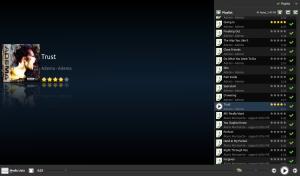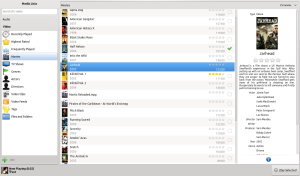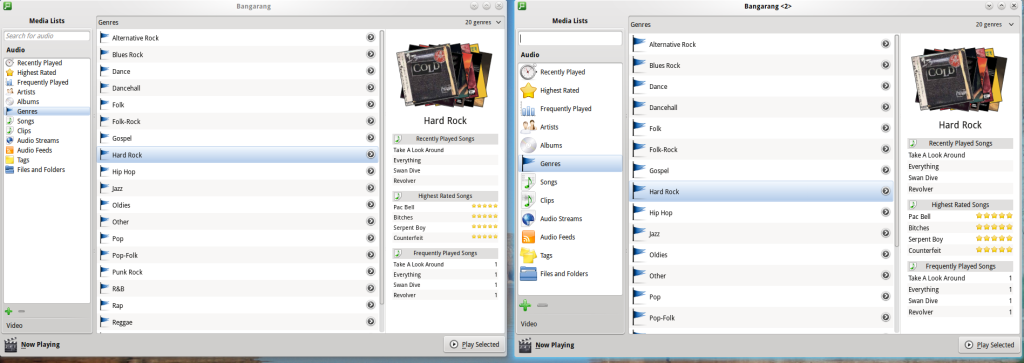- Open source – Make the source openly available.
- Open standards – Use or create common available specifications.
- Open development – Accept development contributions (source, review, test) from outside contributors.
- Data ownership – Allow users to maintain ownership of their data by being able to move their data between their choice of solutions or remove their data entirely.
As a hobby hacker I am excited that Android is open source. Yes, Android is open source, not open development. No one claimed otherwise and it hardly means it’s all for naught. Open development for Android would be great, but the *fact* is that there are potential downsides including incompatible devices using unreleased code and fragmenting the ecosystem even more. It might not be a big deal for me personally, but I can certainly see how it could be big deal for others (including Android app developers). Pretending there are no downsides isn’t being honest. No Honeycomb was not open sourced for good reasons AND Google was rightfully taken to task for it. Yes, both can be true. Ice Cream Sandwich is open source. I’m excited by the precedent that the success of Android set for device manufacturers to look more seriously at open source. I love that I have a hackable device in my hands with so much capability. I love that we’ll be able to purchase a Spark with Plasma Active. I love the precedent that the Spark sets for future devices with a Free software stack.
We cannot be so myopic to pretend that unless we have everything, nothing matters. I love that the KDE community lives up to every one of those bullet points above in both words and deeds. Yes, no one gets a free pass and we must be uncompromisingly vigilant in pointing out to Google and others the specific areas they fall short. It is both this vigilance and the recognition we provide when companies do the right thing, that has gotten us to where we are today. However, these Tourette’s-like outbursts declaring the end of the world is nigh, are actually counterproductive. Why? Because when we use the exact same words to describe far worse offenders, it drains those words of any meaning and it deprives the rest of the community of the rhetorical tools we need to fight for the goals of this movement.





